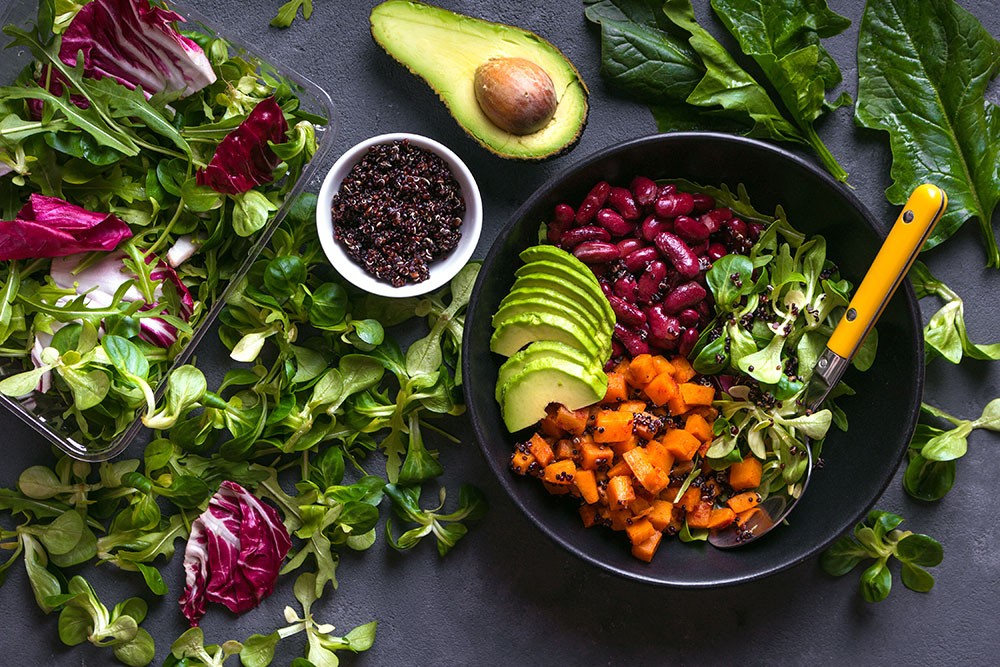Providing sustainable food and beverage options at your meeting or event doesn’t mean you have to skimp on the quality of the experience.
Today’s delegates demand that the meetings they attend provide them with an experience that convinces them that the money and time they dedicate was worth the investment.
We tapped into leading meetings industry sustainability expert Nancy Zavada, president of MeetGreen, who has been preaching the gospel of meetings and events sustainability for more than 20 years. Zavada was also a founder of the Green Meeting Industry Council.
On a recent and related episode of the Meetings Today Podcast, Zavada detailed not only the top sustainable food and beverage (F&B) trends, but also easy steps for event planners to green their meetings. This conversation also inspired the following list of sustainable trends.
The Hottest Sustainable Meetings F&B Trends
Don’t know where to start when it comes to making sure your event’s F&B component is sustainable? Following is MeetGreen’s list of hot sustainable F&B trends for 2019:
- Go local: Select local and seasonal food. Guests want the freshest food which represents the local region. Eliminating the distance food is transported substantially lessens environmental impact.
- Choose organic: Health and wellness are top of mind for participants and can also result in a sustainability benefit if the food is sourced locally.
- Look for labels: Make sure, when possible, that the seafood you serve carries sustainable seafood certifications. There are many online resources available to determine seafood sustainability. One of the first, and best, is Monterey Bay Aquarium’s Seafood Watch.
- Go veggie: Serve vegetarian meals, as plant-based diets are becoming increasingly popular and the production of vegetables have a much smaller impact on the environment than meat.
- Imperfect is perfect: Have fun with imperfect produce and teach participants to cook with them at home. Ask the facility in which you plan to hold your meeting or event if they utilize “imperfect” produce, and to what degree.
- Bulk up on condiments: Serve condiments and beverages in bulk to minimize packaging.
- Portion control: Produce less food waste with smaller portions, composting and food donations. Tell guests what you are doing on their behalf.
- First-class upgrade: Use china and silver cutlery for meals instead of disposables—hold a "first-class" event. It is all about the experience, after all.
How to Calculate the Environmental Impact of a Meeting
MeetGreen has launched an My Event Footprint app that allows meeting planners to calculate the environmental impact of their event, whether the number of attendees is two or 2,000-plus.
Click here to access this mobile-friendly tool.
More Sustainability Articles From Meetings Today
- EIC Unveils New Sustainability Principles and a Pledge
- Eco-Friendly Features Keep Georgia's Cities Sustainable for Meetings and Events
- CSR & Sustainability at Events: Why Aren't We Doing More?
- Meetings Today Trends Survey Responses: Do You Offer Sustainable Meetings?
- Earth Day Infographic: Avoiding Single-Use Plastic at Events







